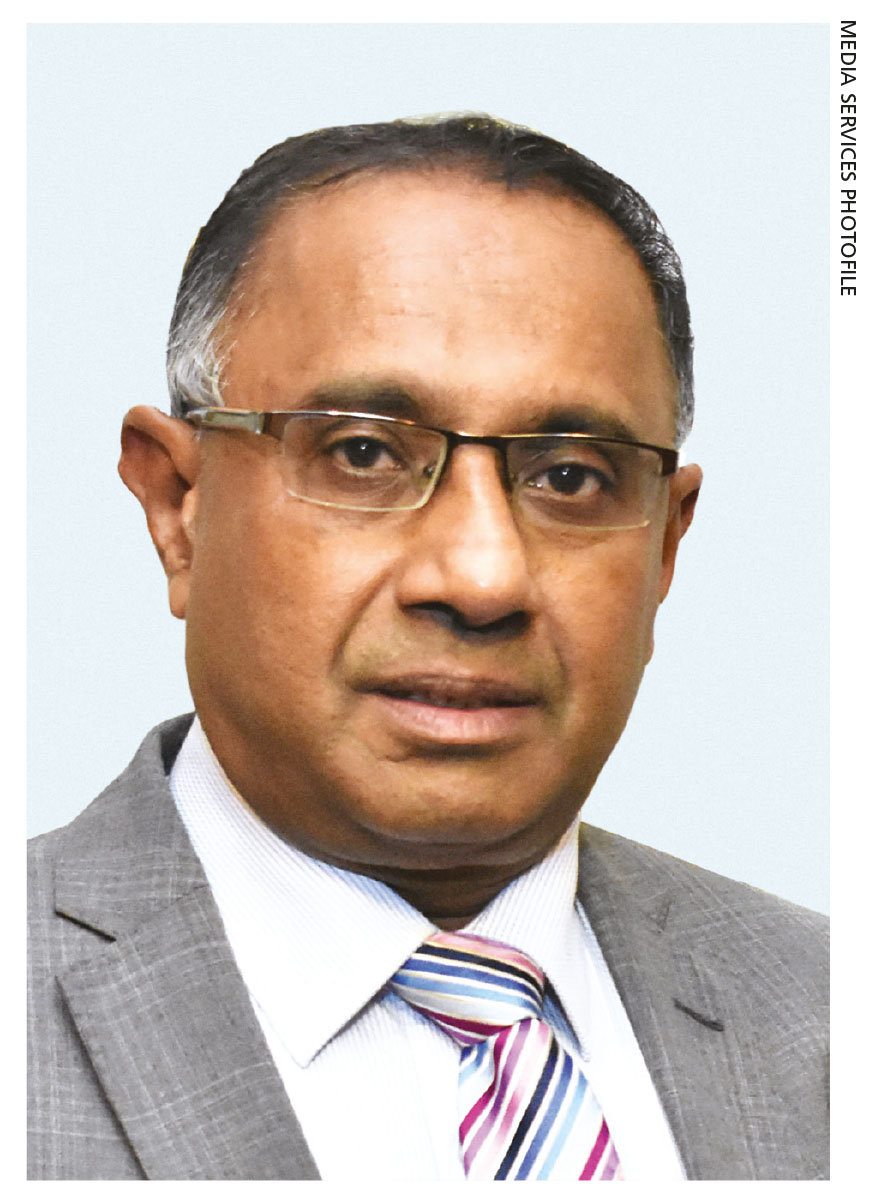PACKAGING SECTOR
 Compiled by Savithri Rodrigo
Compiled by Savithri Rodrigo
TECHNOLOGY INFUSED FUTURE
Zulficar Ghouse finds avenues to bring the packaging sector up to speed
Q: Have the priorities for the packaging sector changed in the wake of COVID-19?
A: Many users of local packaging and exporters are pressed for cost optimisation, which translates into requests for price reductions and increased just-in-time deliveries with shorter production lead times.
COVID-19 has prompted us to prioritise adherence to health regulations in the value chain while keeping operating costs low.
Q: And how do you view the present sector landscape?
A: The local packaging sector is gradually evolving. Overall, the sector faces a challenging business landscape and operational efficiencies need to be maintained at the highest level.
While this has led to enhanced productivity, cost structures must be optimised by identifying critical cost drivers. With curtailed market opportunities, there’s a strong possibility of consolidation among large and medium-size players.
Q: Is there more focus on environmentally-friendly packaging?
A: The present situation isn’t especially demanding of eco-friendly packaging as the sector is focussing more on survival. But there’s been greater concern for environmentally-friendly packaging from local and overseas customers, with increased awareness and demand from the pre-COVID era. Therefore, a sector-wide focus on environmentally-friendly packaging has prevailed for some time now. A few organisations have obtained Worldwide Responsible Accredited Production (WRAP) and Forest Stewardship Council (FSC) certification to meet eco-friendly packaging requirements.
Q: What are the main strengths of the sector, in your view?
A: About 75 percent of the sector comprises 10 financially sound entities, some of which are fully owned strategic business units or associate companies of large conglomerates. So sudden market shocks, uncertainty and risks such as COVID-19 can be absorbed and sustained to a great extent with business continuity assured.
There has been considerable investments in state-of-the-art packaging technology, which is vital for higher efficiency and productivity, and lower operational costs. This impacts business sustainability positively.
Q: And what are the challenges facing the sector?
A: One major challenge emerges from within the sector. More recently, there’s been sector fragmentation with many smaller businesses entering the market and penetrating the middle or lower segment with lower pricing.
As a result, a large share of the market has become price sensitive amid the entry of new competition. This has negatively impacted and eroded longstanding traditional business relationships.
The cost of raw materials is a challenge with the bulk of kraft paper and board being imported to Sri Lanka. As ours is a relatively small market, there isn’t much bargaining power to negotiate prices. The devaluation of the rupee against the dollar has led to further deterioration of the situation.
Q: Does the sector garner recognition in the light of its role in the economy?
A: While playing a critical role and actively contributing to the economy, by adding value to products manufactured in Sri Lanka and local industries, it doesn’t garner due recognition – maybe due to the sector not having visibility compared to others, which makes the packaging genre a supportive or secondary sector. Cohesiveness and unity in the sector has also not been nurtured sufficiently, resulting in cutthroat competition.
Q: Is Sri Lanka aligned with the global packaging sector’s transformation?
A: Globally, packaging is rapidly moving from low end to sophisticated technology, enhancing the design, quality and pricing offered to businesses and end consumers.
The Sri Lankan packaging sector is a force to be reckoned with, having introduced new technology, managed change and become more customer oriented. So Sri Lanka is competitive in both price and quality.
Q: And does the sector optimise IT here in Sri Lanka?
A: The cost of cutting-edge IT solutions at times outweighs the quantifiable benefits especially due to our market size. But we have struck a balance, and adopted innovation and change for a rapidly growing sector.
COVID-19 has impacted all industry segments including packaging, prompting out-of-the-box thinking as the landscape is fluid. Therefore, adapting and adopting strategies to overcome obstacles while looking positively to a future resurgence is imperative.
The key to survival is morphing production to suit changing markets and requirements, and presenting customised client solutions. We must survive the impact of COVID-19 and be first off the block in the post-pandemic era.





Leave a comment